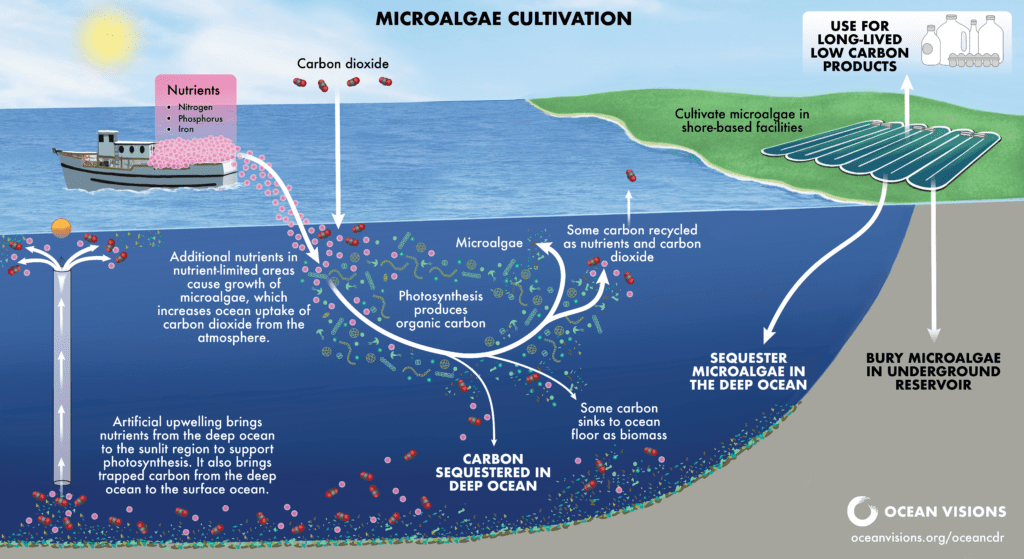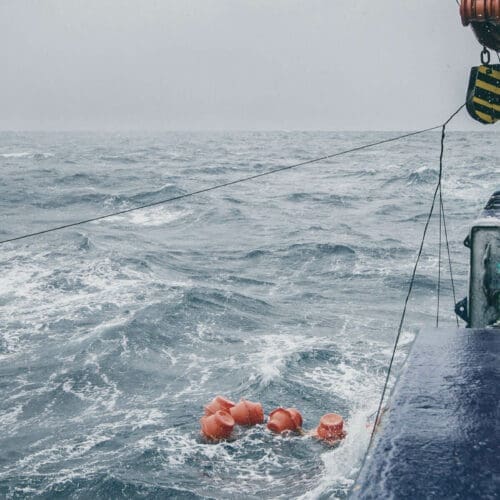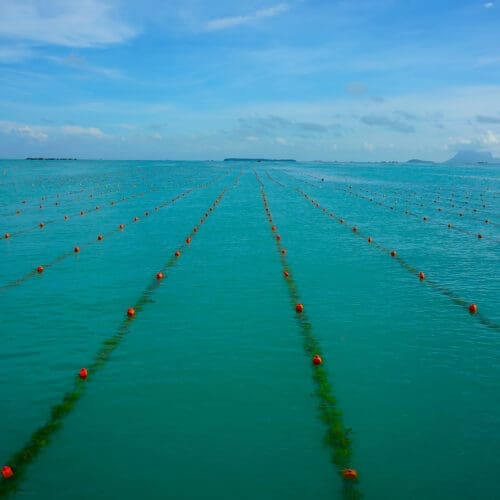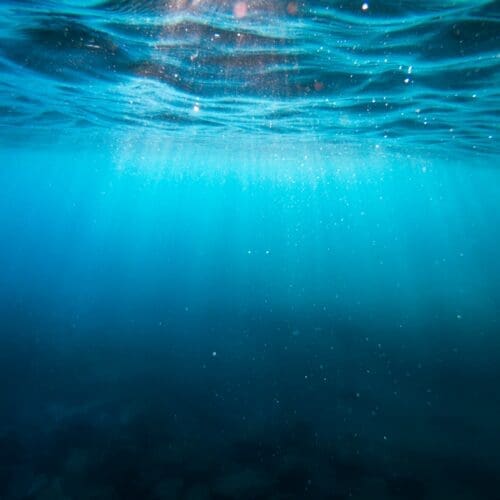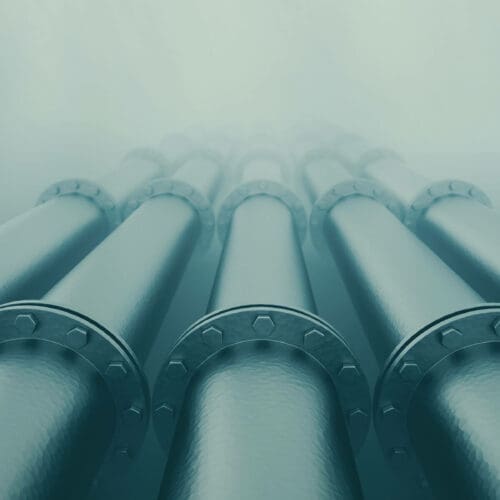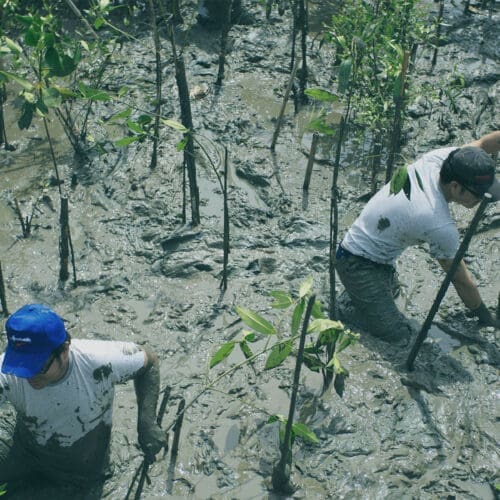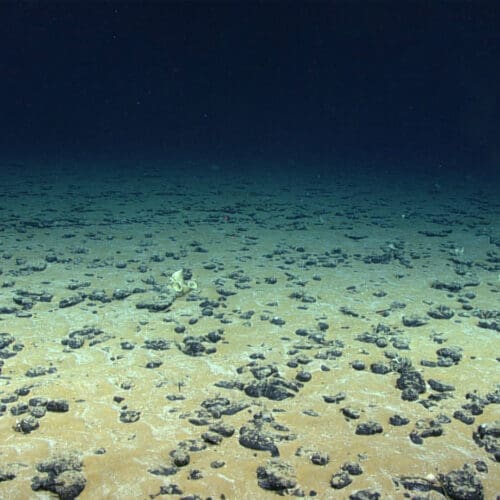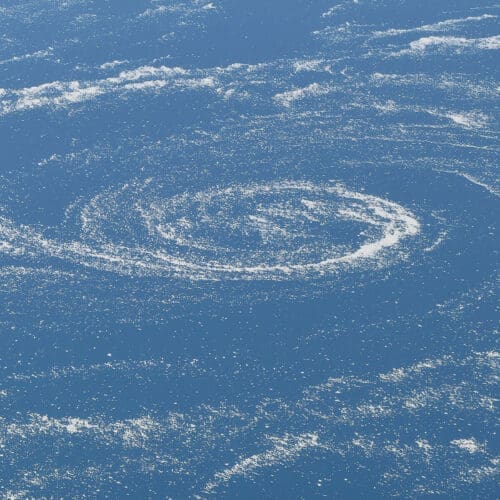Microalgae Cultivation Overview
Primary productivity in the ocean is the creation of new organic matter (biomass) via photosynthesis, which also results in the fixation of carbon dioxide (CO₂) into that organic matter. By far the greatest amount of primary productivity in the ocean comes from microscopic algae, also known as phytoplankton.
This production is only limited by sunlight and the inorganic compounds (nutrients) in the water needed to interact with the sunlight. Fertilizing surface waters with nutrients like iron, phosphorus, and nitrogen, can stimulate photosynthesis and cause phytoplankton (microalgae) to grow, which absorb CO₂ as they do.
Increasing net primary productivity in the ocean could, under the right circumstances, lead to increased CO₂ fixation from the water, and ultimately transfer of that CO₂ into the deep ocean where it might be sequestered for long periods of time.
There are various ways net primary productivity might be increased. One would be to use vessels to distribute nutrients into nutrient-limited areas of the sea. Artificial upwelling, which replicates natural upwelling through the use of pumps, is another potential means to fertilize surface waters.
